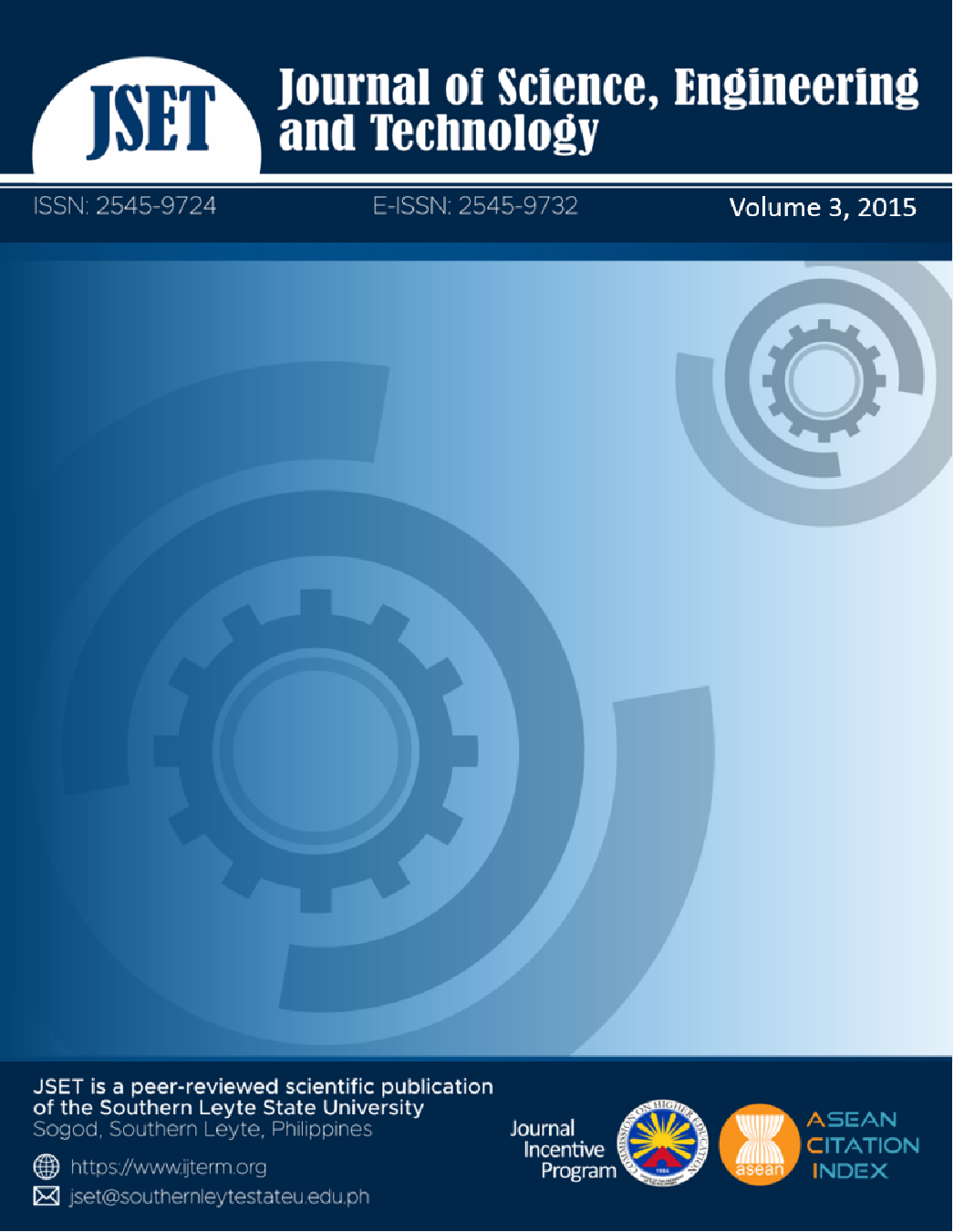Conspecific Homogenate Pyloric Caecum, Feeding Attractant for the Crown-of-Thorns Starfish Acanthaster planci
DOI:
https://doi.org/10.61569/yv9aa026Keywords:
locomotion rate, COTS, aggregation, avoidance and population controlAbstract
The responses of crown-of-thorns starfish (COTS) Acanthaster planci to water-borne stimuli derived from conspecific homogenate of COTS pyloric caeca, tube feet and test and injured conspecific, was investigated to establish its potential application as COTS attractant or repellent. The study followed a randomized complete block design (RCBD) with blocks corresponding to 50 replicates per treatment with one (1) individual starfish per treatment level. Each of the six COTS was placed at the center of the choice chamber with a distance of 1.25 m at both ends. Closed-circuit television (CCTV) was installed to provide additional monitoring. Ninety (90%) to ninety-eight percent (98%) of the 50 samples responded to the conspecific stimuli. COTS displayed significant response towards the homogenate pyloric caeca (X2=3.9; df=1; p<0.05) and away from injured starfish (X2=4.18; df=1; p<0.05). The chemo attraction and avoidance of COTS to the crude extract of pyloric caeca and injured COTS could be due to the product of digestion from coral tissues and the release of saponin to alert others by predation. The capability of COTS to detect water-borne stimulus derived from the conspecific homogenate of pyloric caeca and injured starfish provided us the knowledge to develop COTS feeding attractant and repellent system.
Downloads
Published
Issue
Section
License

This work is licensed under a Creative Commons Attribution 4.0 International License.
This is an open access article distributed in accordance with the Creative Commons Attribution 4.0 Unported (CC BY 4.0) license, which permits others to copy, redistribute, remix, transform and build upon this work for any purpose, provided the original work is properly cited, a link to the license is given, and indication of whether changes were made. See: Creative Commons Attributions 4.0 International License.








